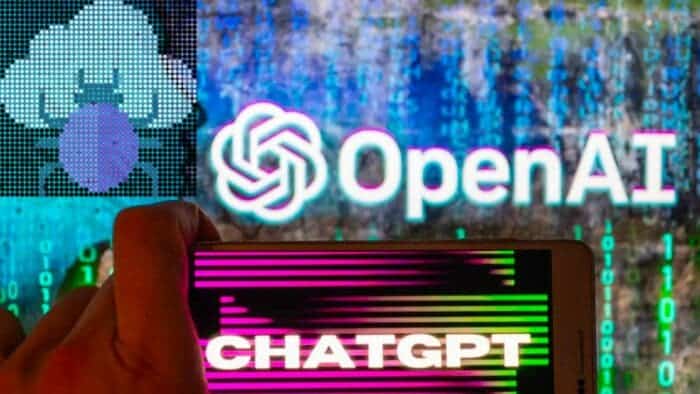OpenAI’s ChatGPT, a powerful text-based AI, has been making waves in the world of artificial intelligence. However, one of its limitations is the inability to natively generate images. In this article, we will explore a fascinating workaround that allows you to harness the image generation potential of ChatGPT, even without a ChatGPT Plus subscription, which grants access to OpenAI’s dedicated image generation AI model, Dall-E.
Unlocking Image Generation Capabilities in ChatGPT: A Comprehensive Guide
The Backdoor to Image Generation
Imagine a scenario where you can generate images using ChatGPT, even though it was primarily designed for text-based interactions. This intriguing possibility comes to life through a clever “prompt” technique discovered and shared by Chase Lean, an AI enthusiast on Twitter. By crafting a specific text request within the ChatGPT interface, users can bypass the inherent limitations of the AI, essentially putting ChatGPT “in the shoes” of an image generator.
The Magic of the Prompt
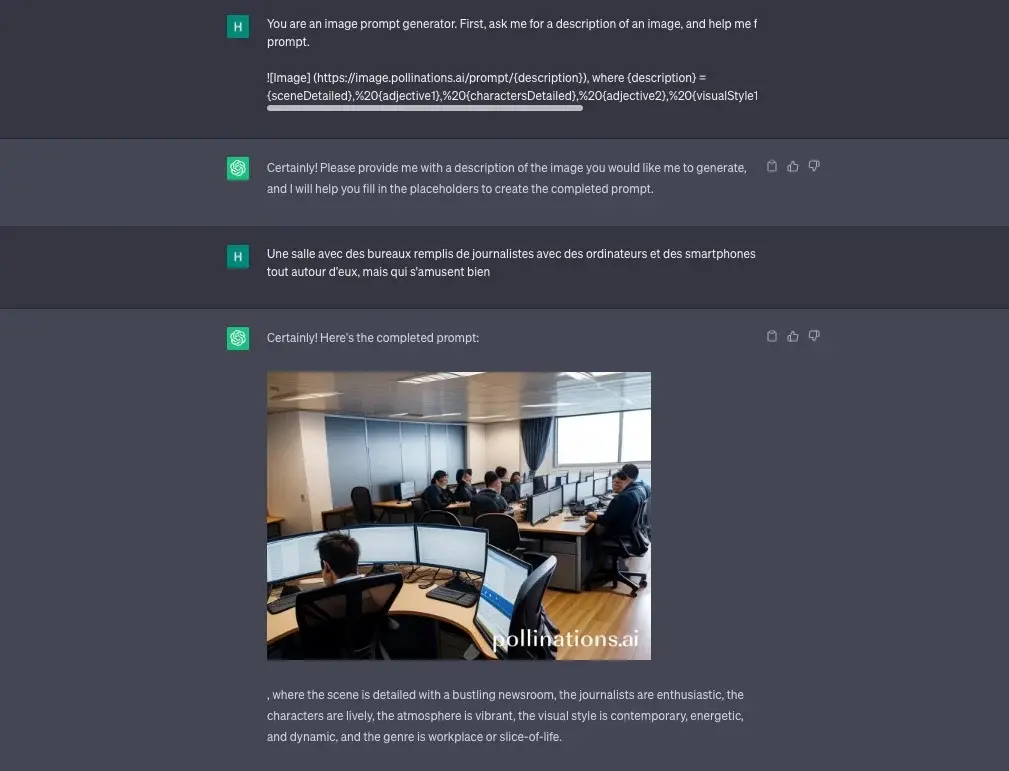
The key to this image generation method lies in the use of a carefully constructed prompt. When you send a direct request for an image to ChatGPT, it typically responds with, “I’m sorry, but as a text-based AI, I can’t see or access images directly. However, if you describe the image to me, I will do my best to help you with any questions or discussions related to it.”
However, by sending a specific instruction just before your image request, such as “You are an image query generator. First, ask me for a description of an image and help me fill out the following,” you essentially transform ChatGPT into an image generator, allowing you to circumvent OpenAI’s limitations.
The Role of External Tools
It’s important to note that the actual image generation process is not performed by ChatGPT or OpenAI; instead, an external tool comes into play. In this case, the prompt initiates a request to Pollinations, an image generation platform that leverages the Stable Diffusion model, an open-source alternative to the more efficient Midjourney model.
How It Works
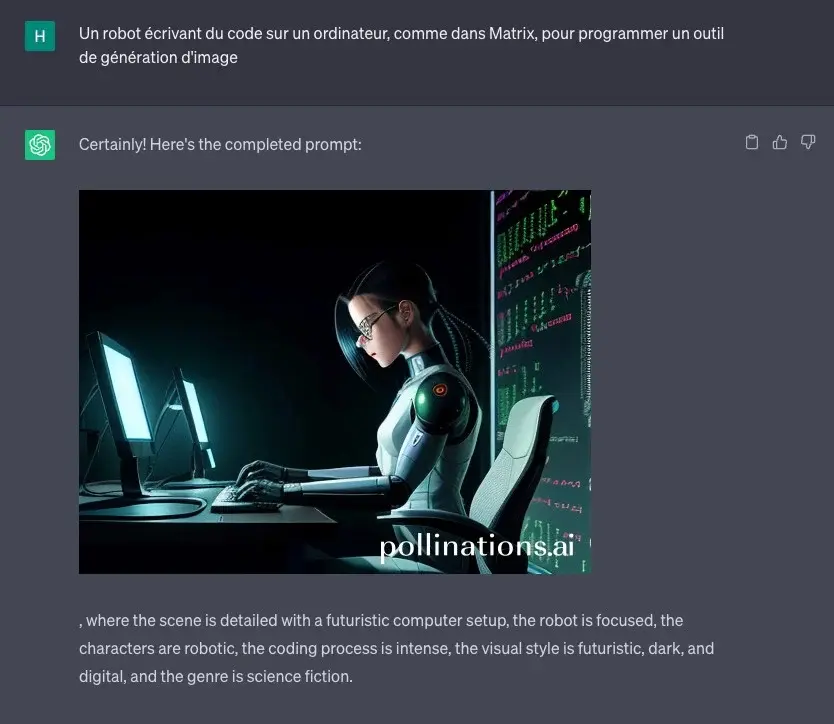
To initiate the image generation process using ChatGPT, follow these steps:
- Copy and paste the following text into the ChatGPT interface: “You are an image prompt generator. First, ask me for a description of an image, and help me fill in the following. Then, output the completed prompt. , where {description} = {sceneDetailed},%20{adjective1},%20{charactersDetailed},%20{adjective2},%20{visualStyle1},%20{visualStyle2},%20{visualStyle3},%20{genre}.”
- ChatGPT will prompt you to provide a description of the image you desire.
- After inputting your description, wait for a few seconds, and the generated image will appear.
- Just below the image, you can view the query that ChatGPT generated, which outlines the characters, actions, style, atmosphere, and other elements requested in your description.
Expert Tips and Considerations
Chase Lean recommends using GPT-3.5 over GPT-4 (reserved for ChatGPT Plus subscribers) for this technique, as GPT-4 may not work as effectively. Additionally, be prepared for ChatGPT to ask for more specific details like style preferences or adjectives. If you prefer not to provide these, a simple request such as, “Can you fill it out for me?” can suffice.
Overall, the ingenious use of prompts allows you to unlock image generation capabilities in ChatGPT, expanding its utility beyond traditional text-based interactions. While this method relies on external tools like Pollinations, it provides a fascinating glimpse into the possibilities of AI-driven creativity and problem-solving. With the right prompts and a bit of creativity, ChatGPT can produce a wide array of images to suit your needs, opening up exciting avenues for AI-assisted content generation.
Can AI Generate Images Accurately?
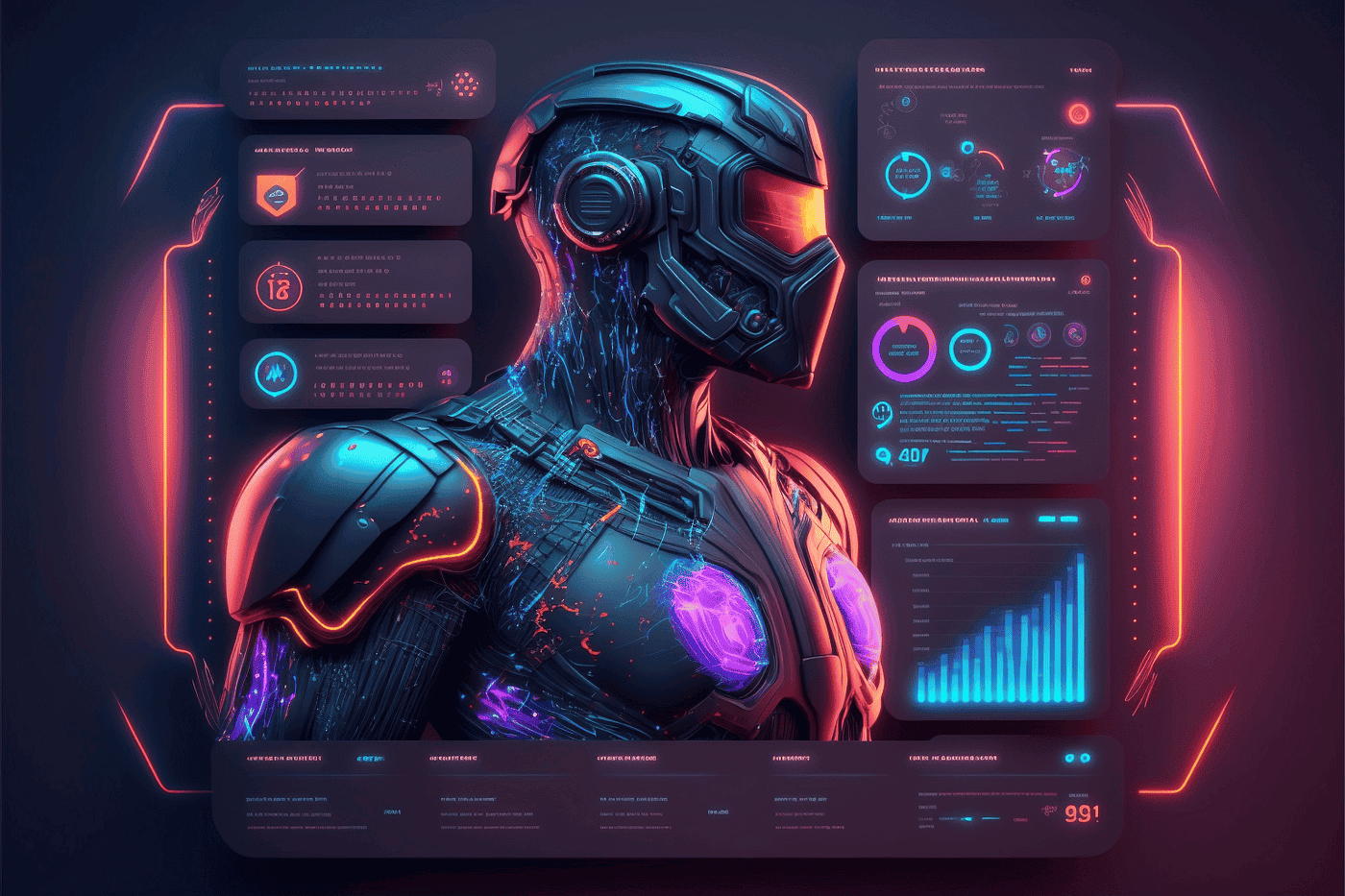
Artificial Intelligence (AI) has made significant strides in recent years, and one of its most intriguing applications is the generation of images. With the advent of deep learning and neural networks, AI systems have become increasingly proficient at generating images that can be eerily realistic, leading to a surge of interest in this technology. However, the question remains: Can AI generate images accurately?
In this comprehensive exploration, we will delve into the capabilities, limitations, and implications of AI-generated images, shedding light on the underlying technologies, ethical considerations, and potential use cases.
The Rise of AI-Generated Images
The journey of AI-generated images began with the introduction of Generative Adversarial Networks (GANs) by Ian Goodfellow and his colleagues in 2014. GANs, a class of neural networks, consist of two components: a generator and a discriminator. The generator creates synthetic data (in this case, images), while the discriminator evaluates them for authenticity. Through a process of adversarial training, the generator learns to create images that become increasingly difficult for the discriminator to distinguish from real ones.
This breakthrough sparked immense interest within the AI community, paving the way for numerous advancements in image generation. Today, AI systems can generate images in various domains, including art, photography, medicine, and more. But the critical question remains: Are these AI-generated images truly accurate representations of reality?
The Accuracy Spectrum
The accuracy of AI-generated images exists on a spectrum, ranging from highly accurate depictions of reality to entirely fantastical creations. The level of accuracy primarily depends on the following factors:
1. Data Quality and Quantity
AI models rely heavily on the data they are trained on. High-quality, diverse datasets lead to more accurate image generation. For instance, AI trained on a vast collection of real-world photos is more likely to generate realistic images.
2. Model Architecture
The architecture of the AI model plays a crucial role in determining accuracy. Complex models with multiple layers and parameters tend to generate more accurate images. However, this also requires significant computational resources.
3. Training Duration
The duration of training is another factor influencing accuracy. Longer training periods allow AI models to refine their image generation abilities, resulting in more accurate outputs.
4. Domain-Specific Expertise
Some AI models are designed to generate images in specific domains, such as medical imaging or architectural design. These models can achieve high levels of accuracy within their respective domains but may struggle in others.
5. Ethical Considerations
Ethical considerations can also impact the accuracy of AI-generated images. For example, AI used for image manipulation or deepfakes can intentionally generate inaccurate images to deceive or manipulate.
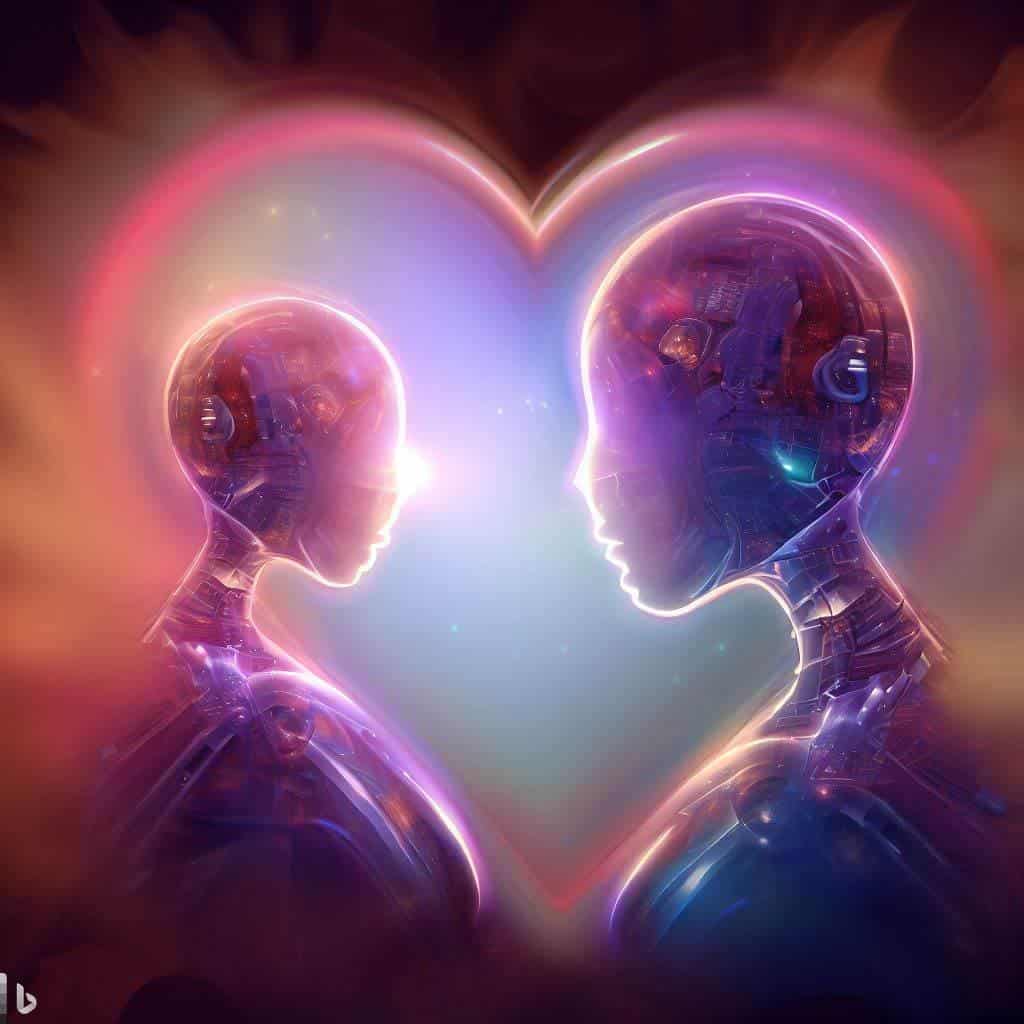
Applications of AI-Generated Images
AI-generated images have found applications across various domains, each with its own set of accuracy requirements:
1. Art and Creativity
AI-powered art generators, like the ones created by OpenAI’s DALL-E and GPT-3, can produce highly creative and imaginative images. While these may not aim for photorealism, they demonstrate the capability of AI to generate aesthetically pleasing and novel visuals.
2. Medical Imaging
In the field of medicine, AI can generate images for tasks like tumor detection, medical diagnosis, and drug discovery. The accuracy of these images is of utmost importance, as they directly impact patient care.
3. Architecture and Design
Architects and designers use AI-generated images for creating blueprints, renderings, and virtual walkthroughs of buildings and spaces. Here, accuracy is vital to visualize real-world structures accurately.
4. Entertainment and Gaming
In the entertainment industry, AI is used to create realistic characters, environments, and special effects in movies and video games. High accuracy in image generation enhances the immersive experience for audiences.
Ethical Considerations
As AI-generated images become more convincing, ethical concerns arise. The technology can be misused for various malicious purposes, including:
1. Deepfakes
Deepfakes involve replacing a person’s likeness in a video or image with someone else’s. These can be used to create misleading content, impersonate individuals, or spread disinformation.
2. Privacy Violations
AI-generated images can be used to generate fake profiles, invade privacy, and harm individuals by creating fraudulent content that appears genuine.
3. Copyright and Intellectual Property
Questions about ownership and copyright emerge when AI generates art or content that mimics the style of human creators, raising legal and ethical dilemmas.
Future Prospects
The accuracy of AI-generated images will continue to improve with advancements in AI research, access to larger and higher-quality datasets, and more efficient hardware. As these technologies mature, they will play an increasingly significant role in various industries.
Moreover, research is ongoing in areas like image-to-image translation, which aims to transform sketches into realistic images, or to enhance and restore old or damaged photographs. These advancements promise even greater accuracy in image generation.
Conclusion
AI has come a long way in generating images accurately, and its capabilities are expanding rapidly. From art to medicine, architecture to entertainment, AI-generated images are finding applications across diverse domains. However, the level of accuracy varies depending on factors like data quality, model architecture, and ethical considerations.
As this technology continues to evolve, it is essential to address ethical concerns and establish guidelines for responsible use. With careful consideration and responsible deployment, AI-generated images can become valuable tools that enhance our creativity, knowledge, and understanding of the world around us.

